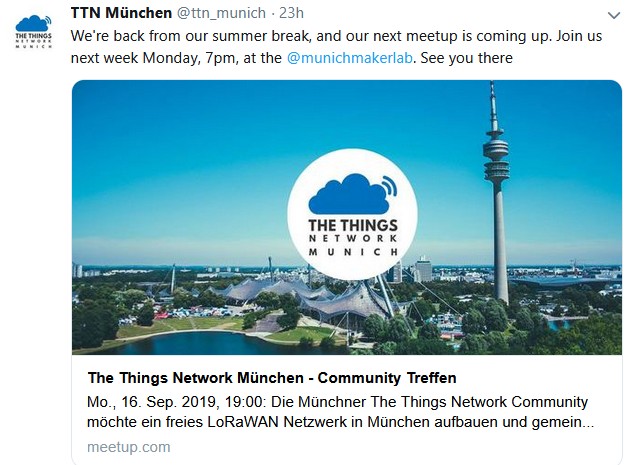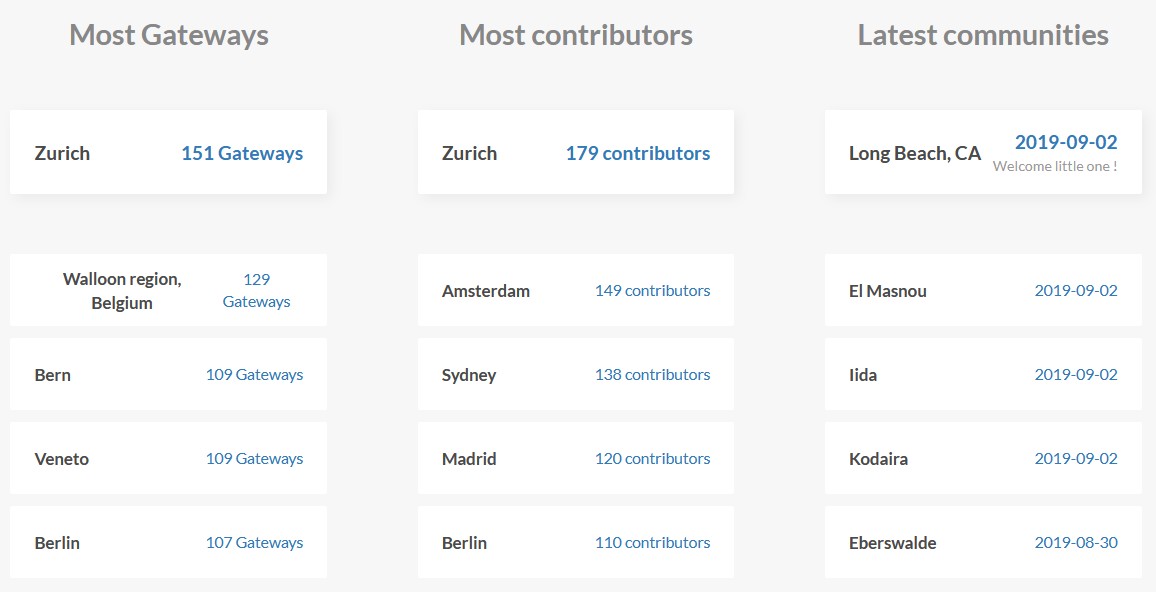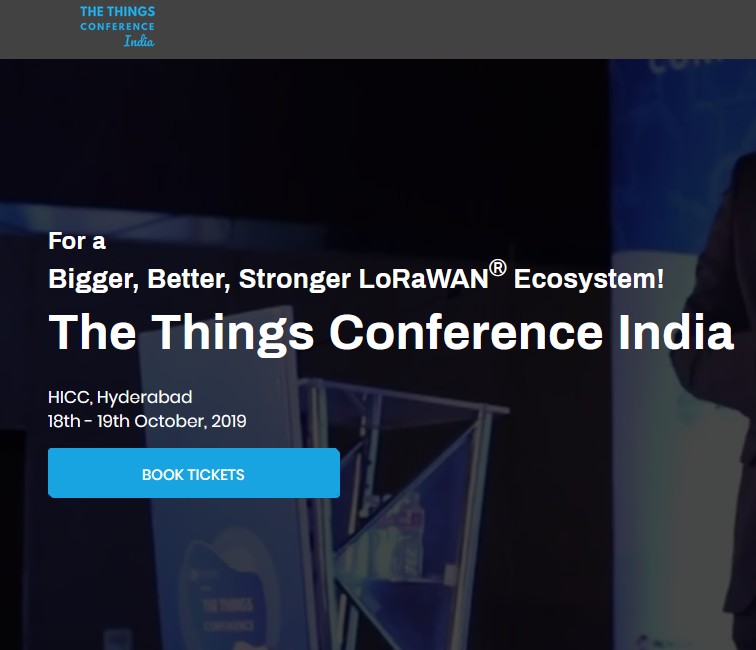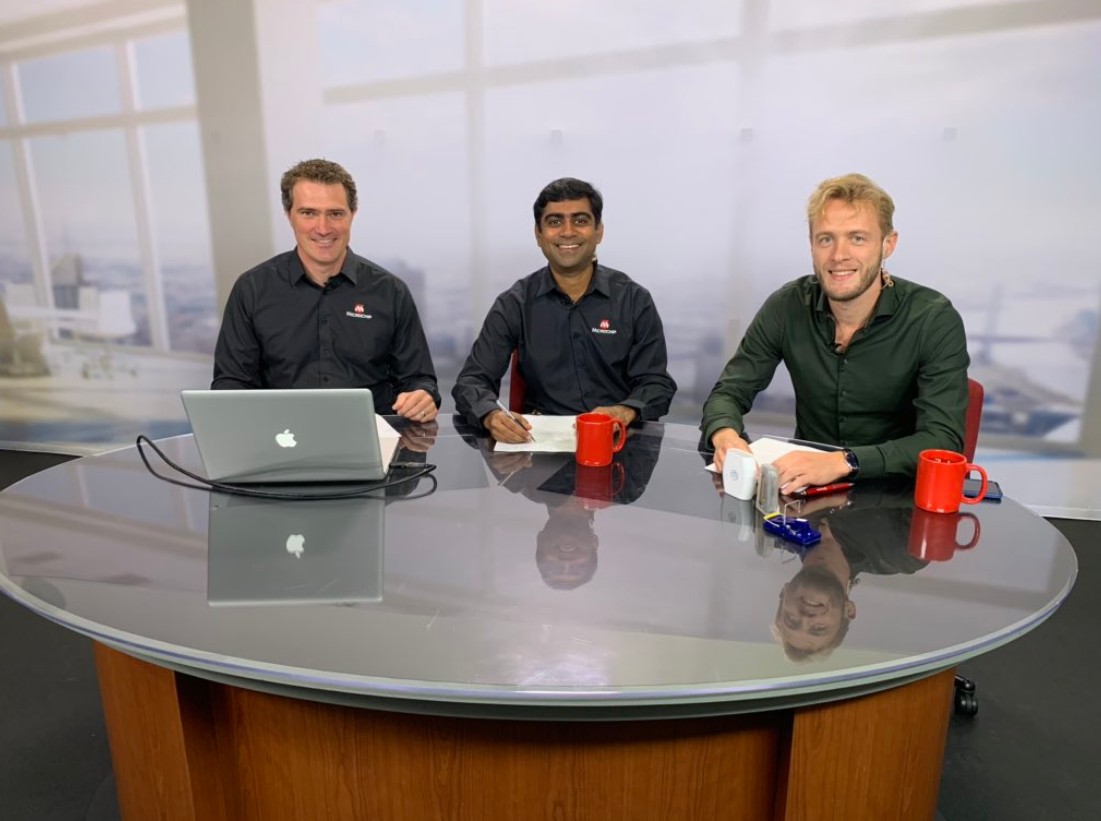Intel at Tokyo 2020 Olympics - 3D Athlete Tracking
source Intel Newsroom - https://www.youtube.com/channel/UCHJnltjgj0Y6xCxPzziHhHA
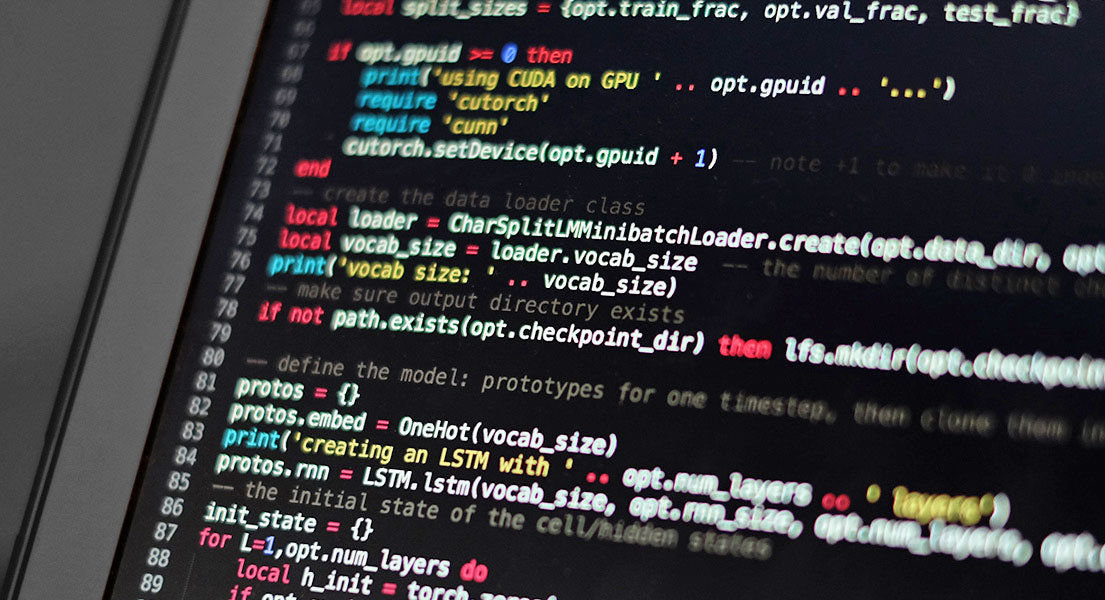
And what was the carbon footprint for that little effort? - upto 500,000 home computers (and associated networking/internet infrastructure dont forget!) crowd shared on the Charity Engine for 1million hours of processing time…! 


GNOME 3.34 Released With Its Many Performance Improvements & Better Wayland Support

Paris’ beautiful park benches are also smart, thanks to IoT devices
Thanks, as always, @BoRRoZ for the link to an interesting article on AI and CTOs.
From my experience in industry this misses at least one elephant in the room.
Current safety-critical systems are composed of dumb machines and intelligent humans. The machines have been built using safety-certified products and are factory-tested and then commissioned on site and are periodically maintained to keep certification. The humans are trained and tested for competence and are periodically re-trained and re-tested to keep competence.
This combination - dumb machines and intelligent humans - is accepted for overall safety-certification and that safety-certification enables the assets to be insured and risk and liability to be managed.
Enter intelligent machines… how can any authority test them, commission them and then certify them as safe and competent?
At present the safety people, the insurers and the risk and liability managers will not accept any AI without retaining a “human in the loop”.
Back to the article… I think that CTOs have a lot more to consider than the matters raised in the article.
